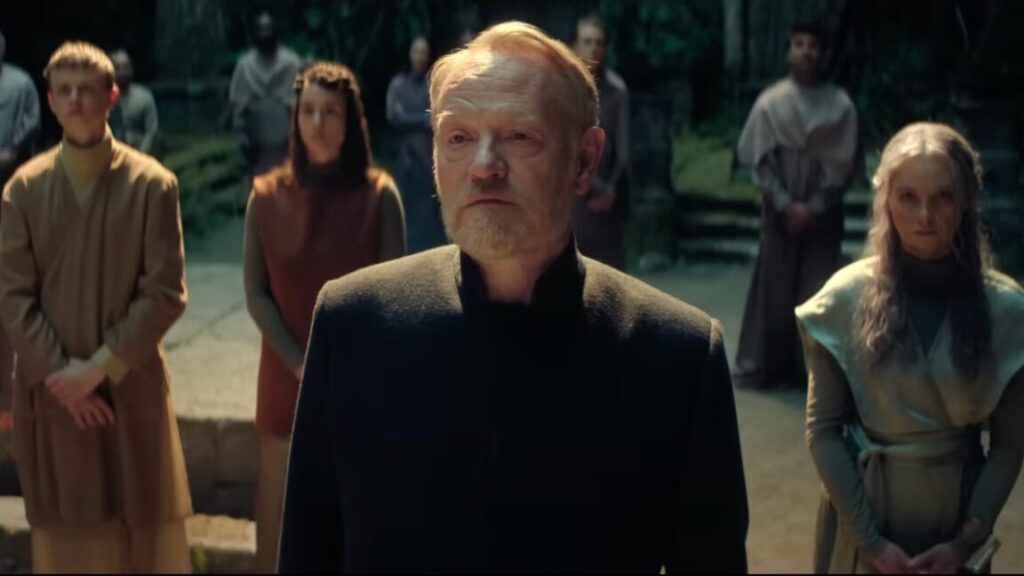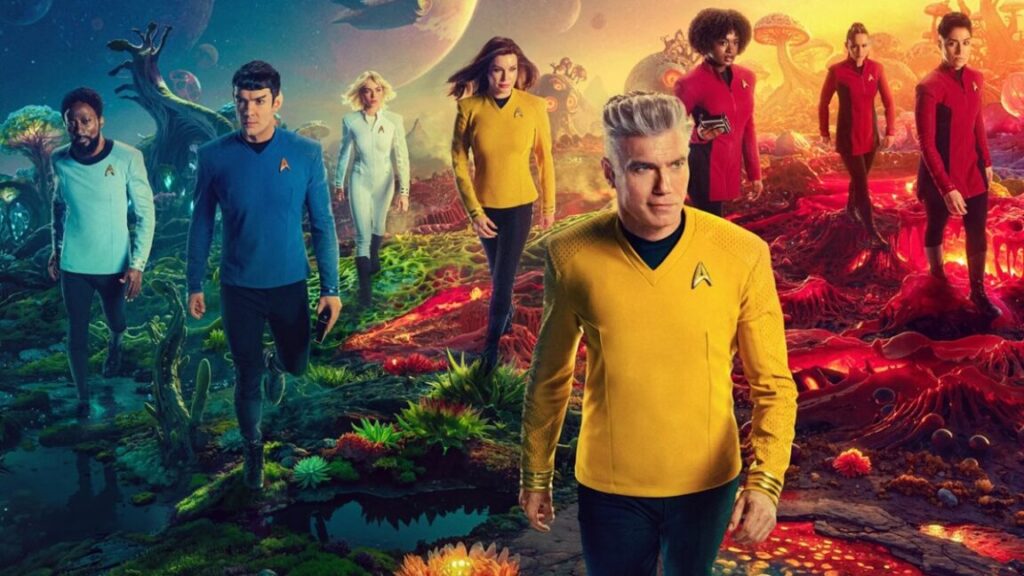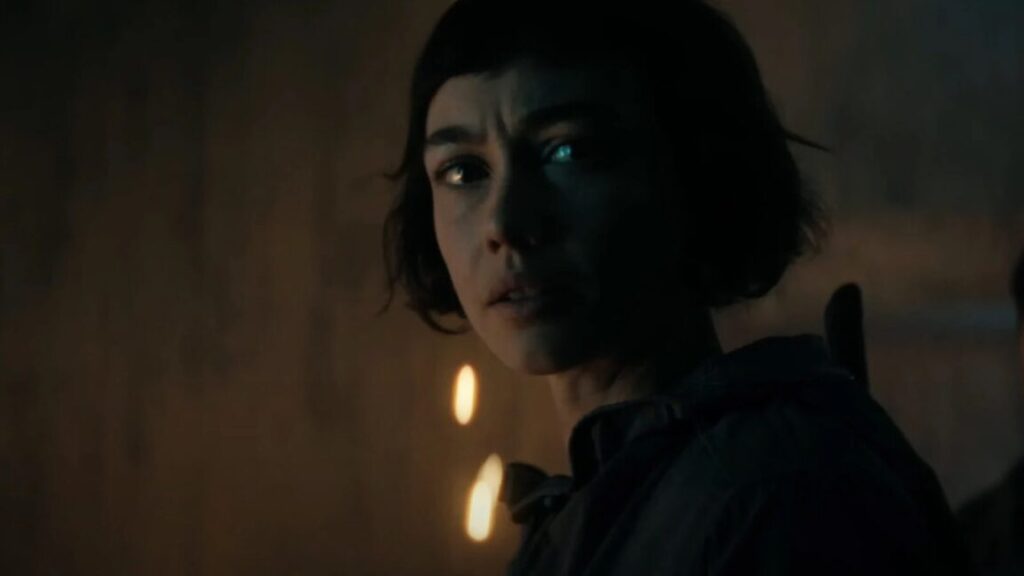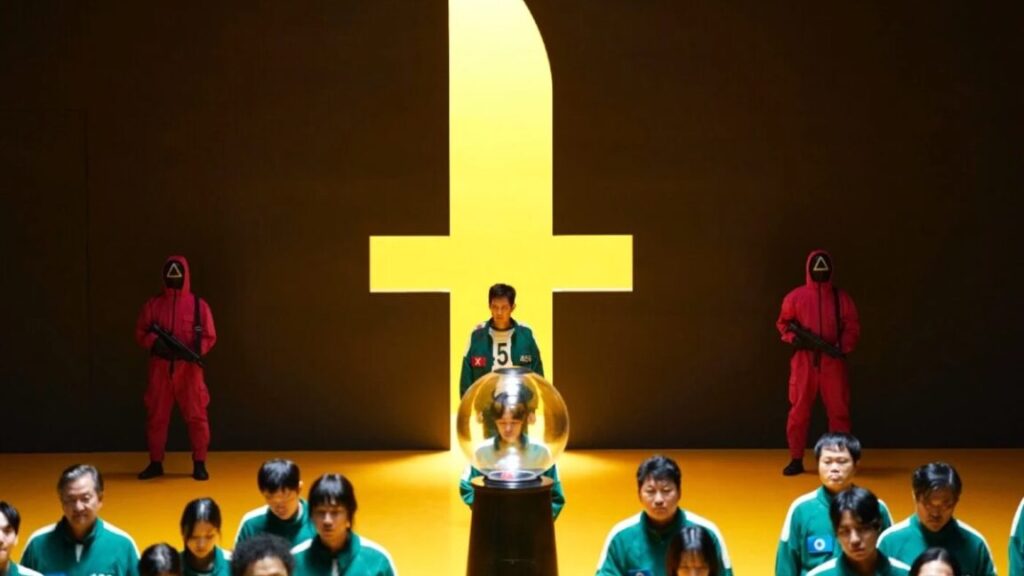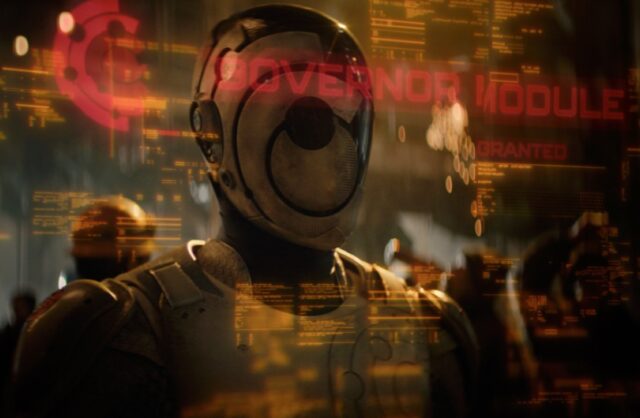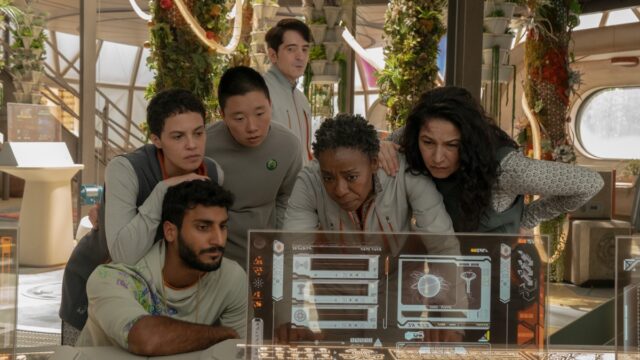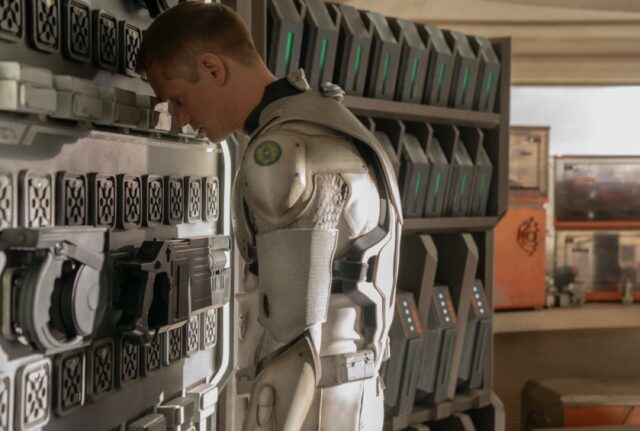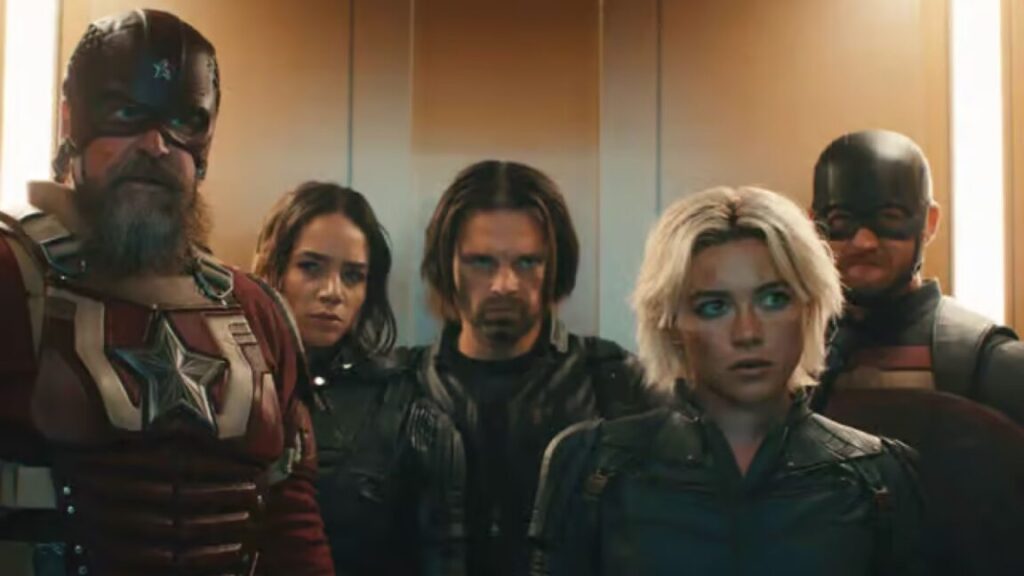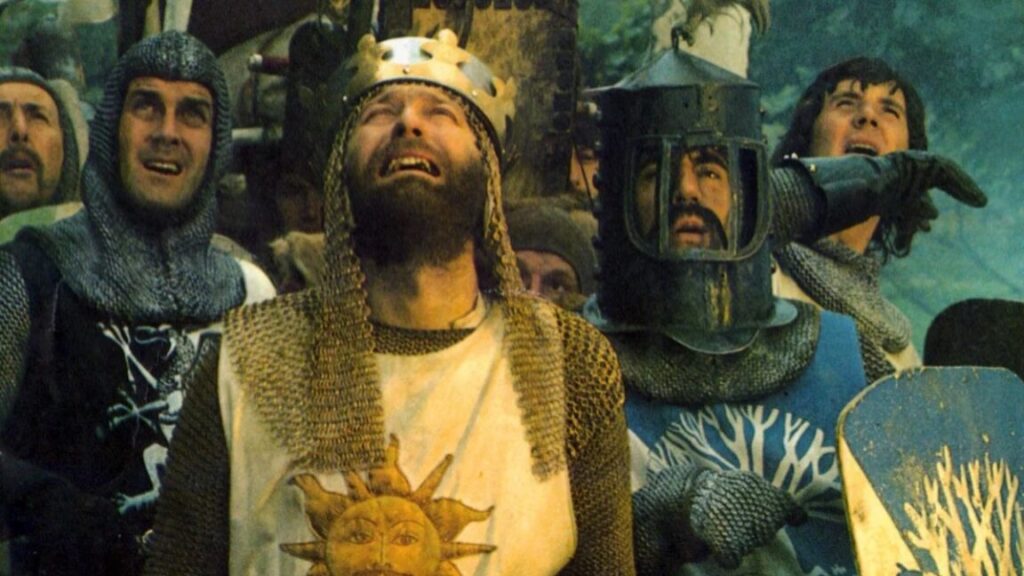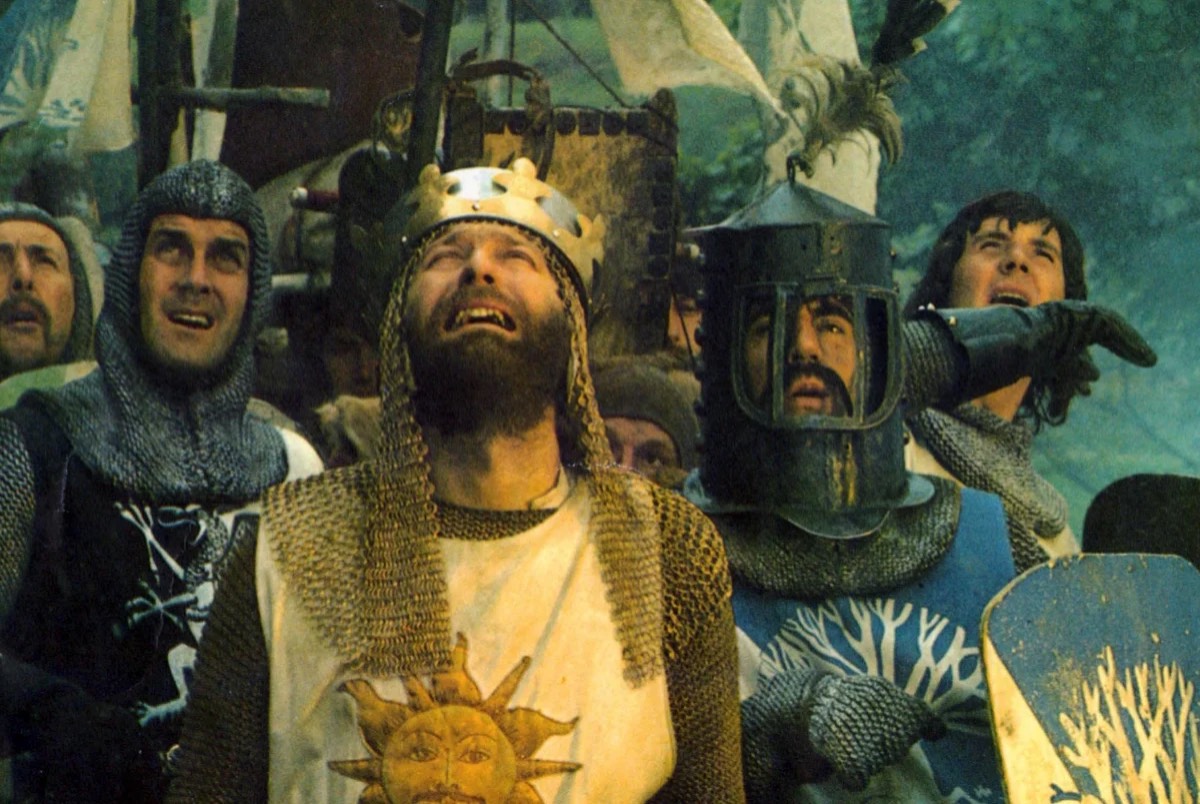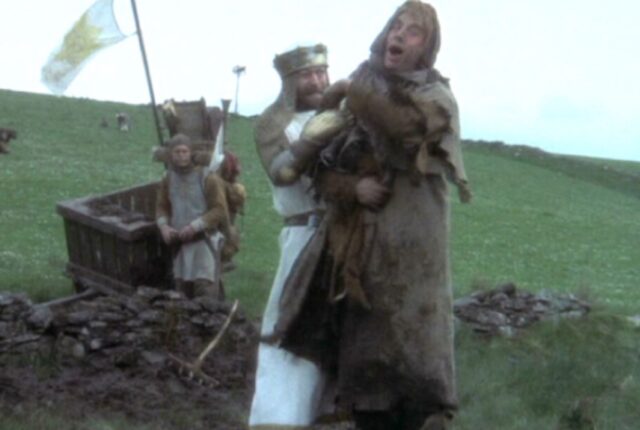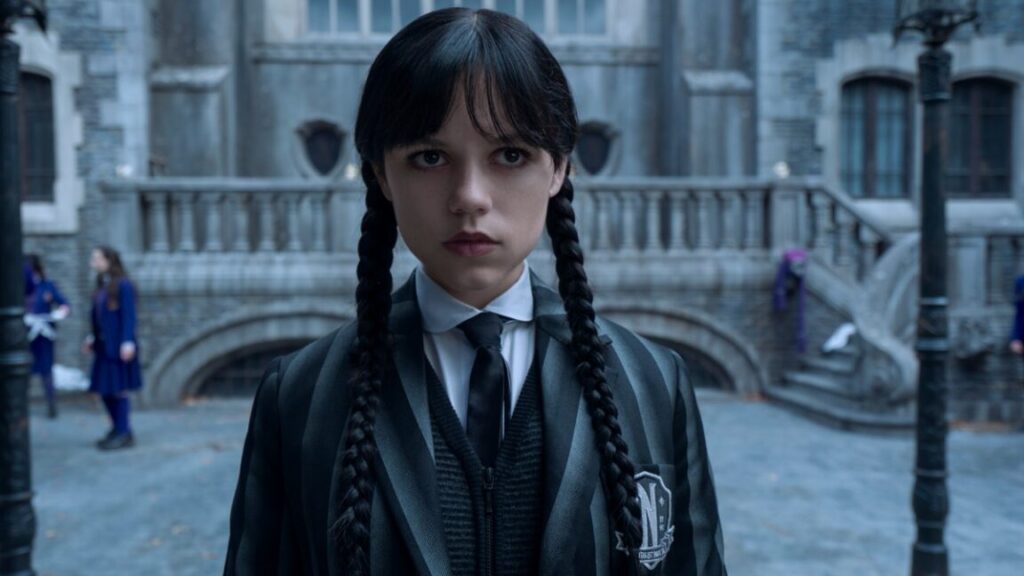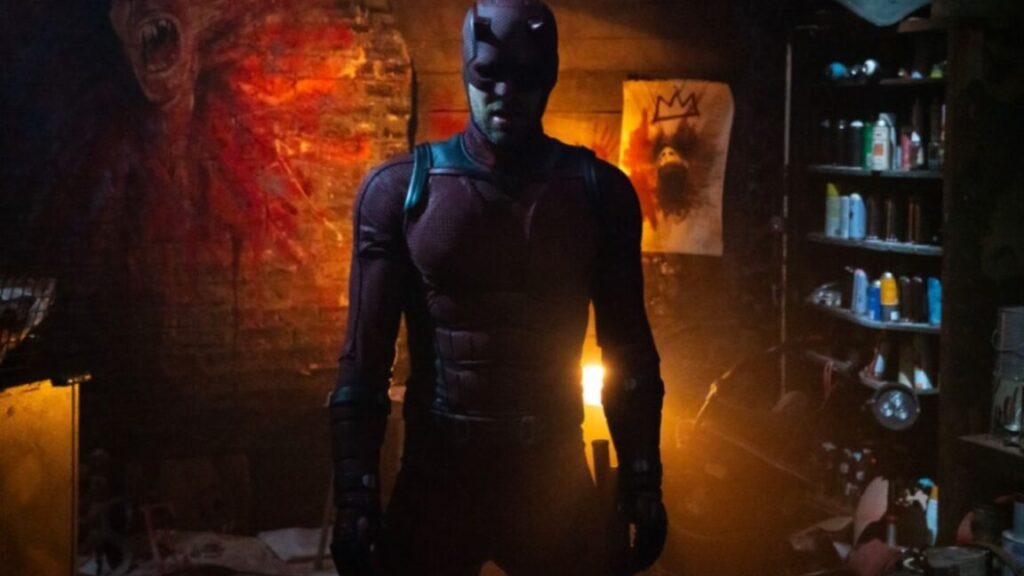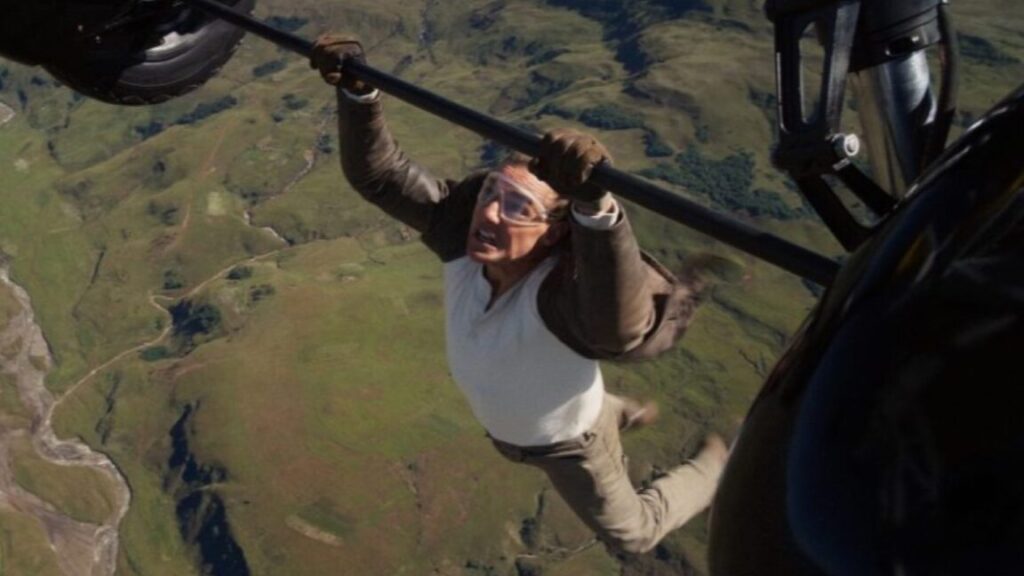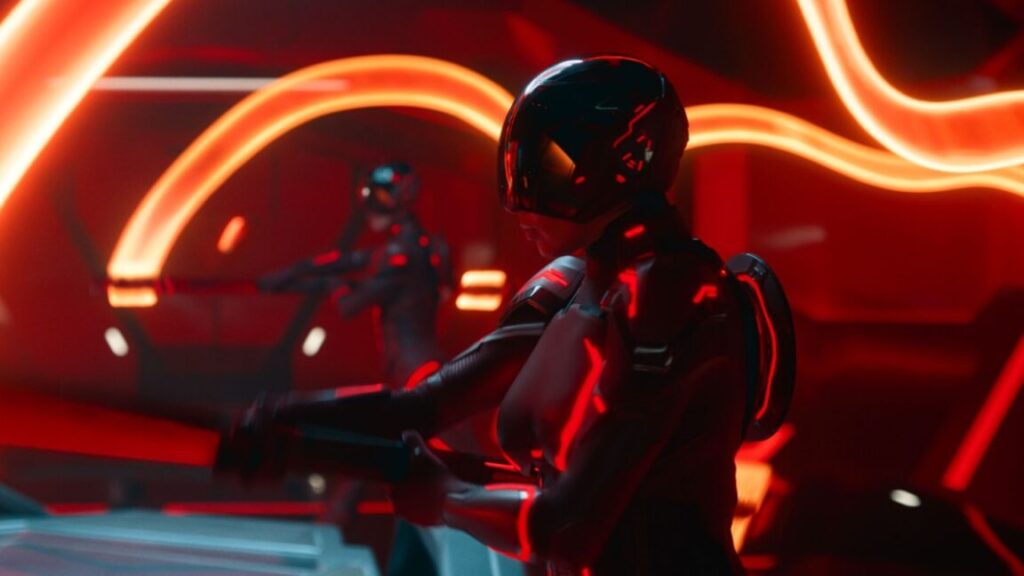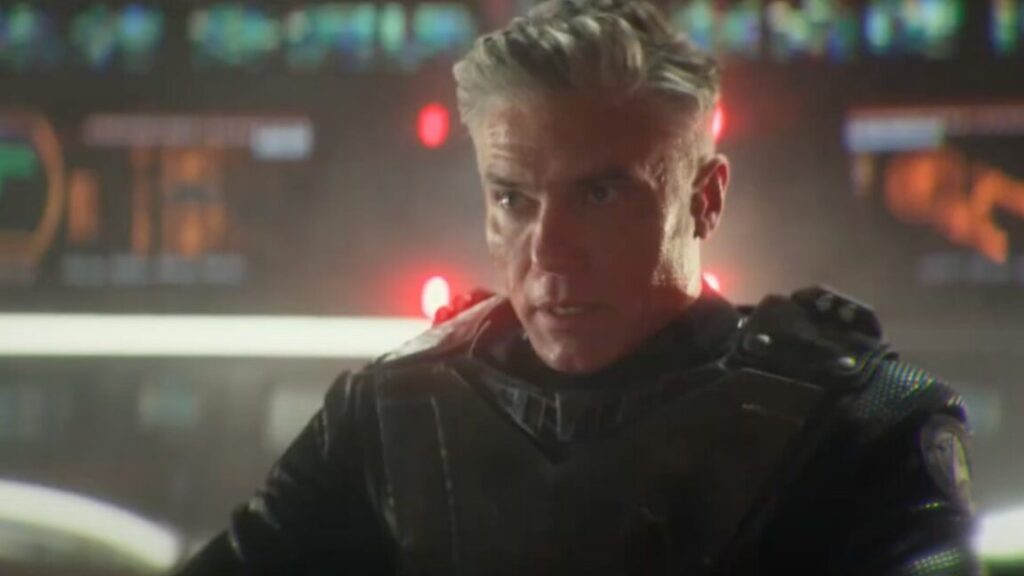A warlord brings chaos in Foundation S3 trailer
Foundation returns for a third season next month on Apple TV+.
Foundation, Apple TV+’s lavish adaptation (or re-mix, if you prefer) of Isaac Asimov’s seminal sci-fi series, returns for its third season next month, and the streaming platform has dropped an official trailer to give us a taste of what’s in store.
As previously reported, the first season ended with a major time jump of 138 years, and S2 focused on the Second Crisis: imminent war between Empire and the Foundation, along with an enemy seeking to destroy Empire from within. The Foundation, meanwhile, adopted the propaganda tactics of religion to recruit new acolytes to the cause. We also met a colony of “Mentalics” with psionic abilities. We’re getting another mega time jump for the Third Crisis.
Per the official premise:
Set 152 years after the events of S2, The Foundation has become increasingly established far beyond its humble beginnings while the Cleonic Dynasty’s Empire has dwindled. As both of these galactic powers forge an uneasy alliance, a threat to the entire galaxy appears in the fearsome form of a warlord known as “The Mule” whose sights are set on ruling the universe by use of physical and military force, as well as mind control. It’s anyone’s guess who will win, who will lose, who will live, and who will die as Hari Seldon, Gaal Dornick, the Cleons and Demerzel play a potentially deadly game of intergalactic chess.
Most of the main cast is returning: Lee Pace as Brother Day, Cassian Bilton as Brother Dawn, Terrence Mann as Brother Dusk, Jared Harris as Hari Seldon, Lou Llobell as Gaal, and Laura Birn as Eto Demerzel. Pilou Asbæk plays the Mule. New S3 cast members include Alexander Siddig as Dr. Ebling Mis, a Seldon fan and self-taught psychohistorian; Troy Kotsur as Preem Palver, leader of a planet of psychics; Cherry Jones as Foundation Ambassador Quent; Brandon P. Bell as Han Pritcher; Synnøve Karlsen as Bayta Mallow; Cody Fern as Toran Mallow; Tómas Lemarquis as Magnifico Giganticus; Yootha Wong-Loi-Sing as Song; and Leo Bill as Mayor Indbur.
A warlord brings chaos in Foundation S3 trailer Read More »
